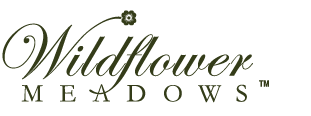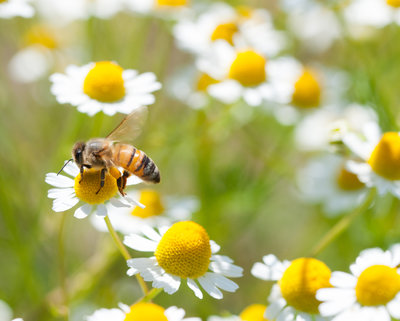Chalkbrood
Of all the diseases and pathogens that can affect a honeybee colony – and there are many – chalkbrood is one of the less lethal. Nevertheless, chalkbrood is still considered a common and somewhat detrimental disease of honeybee colonies.
Chalkbrood is a fungal infection that affects bee larvae, most commonly worker bee larva. The infected larvae turn a chalky white color (hence the name) and become hard. Sometimes, in the advanced stages, infected brood will turn a dark color, almost black. One of the sure ways to tell if a colony is suffering from chalkbrood is to find the chalky dead larvae laying outside the entrance of a colony. Worker bees, especially in colonies that have hygienic behavioral traits, do not tolerate dead larva well, and remove them as soon as they are able. If a beekeeper finds a pile of chalky mummified larvae in the front of a colony, then it is almost a sure sign that chalkbrood is present.
Chalkbrood is one of those infections that can often be seen as a symptom, rather than a cause, of overall colony weakness. In other words, weak and stressed out colonies are more susceptible to contract chalkbrood than healthy colonies, much in the same way that weakened and stressed people are more susceptible to catching colds. Also, some strains of bees are simply more genetically susceptible to chalkbrood than others.
If chalkbrood is found in the early spring, it can be considered somewhat normal, a sign that the colony is struggling with handling a normal rapid ramp up of brood production at the same time that temperatures are still cold, and the colony hive population levels are low. If this is the case, the chalkbrood typically clears itself up once the hive populations grow and there are more young bees available to tend to the brood and keep it warm.
If, on the other hand, chalkbrood is present during the summer or during a time when a colony should otherwise be healthy, a conscientious beekeeper should consider that there might possibly be something wrong with the colony and that it needs intervention.
Often the best cure for chalkbrood is giving the colony some attention and TLC. This means thoroughly inspecting a colony to try and figure out what is causing it to be unhealthy. Sometimes the solution involves providing the colony better nutrition, inspecting and treating for varroa mites and other pathogens, and perhaps replacing heavily infected frames with clean ones. A conscientious beekeeper can also assist a colony by cleaning up any chalkbrood mummies that are clogging the entrance way or are laying on the bottom board of a bee colony.
Sometimes, simply requeening a colony solves the problem. Fortunately, here at Wildflower Meadows, although our bees are not specifically selected for chalkbrood resistance, our overall grading process and selection for survivor stock tends to promote colonies that do not often succumb to chalkbrood. Often, the gift of a young, healthy and vigorous queen with a good pedigree is all that a colony needs to get itself back on track.



